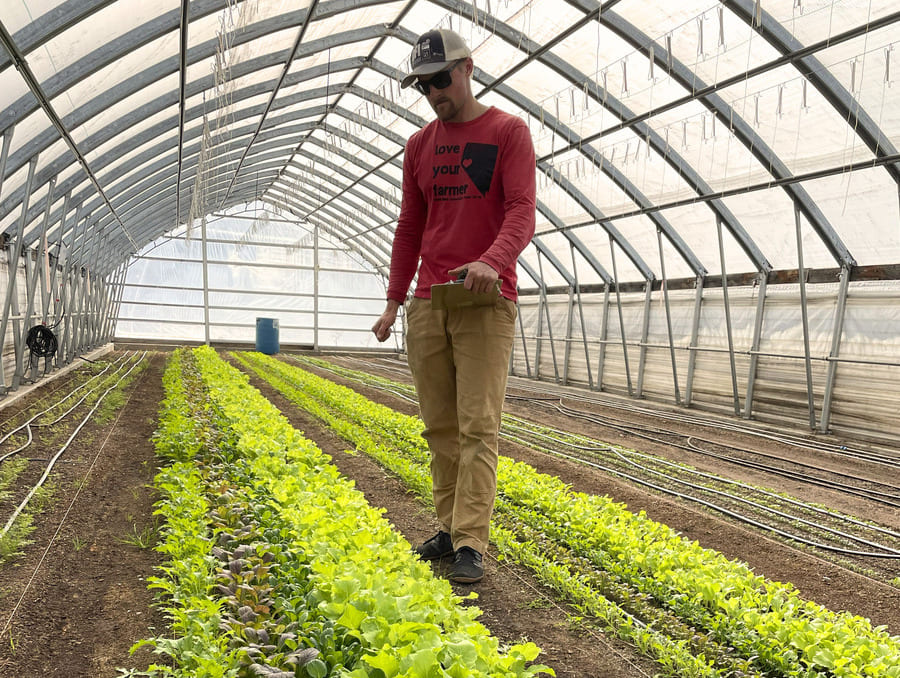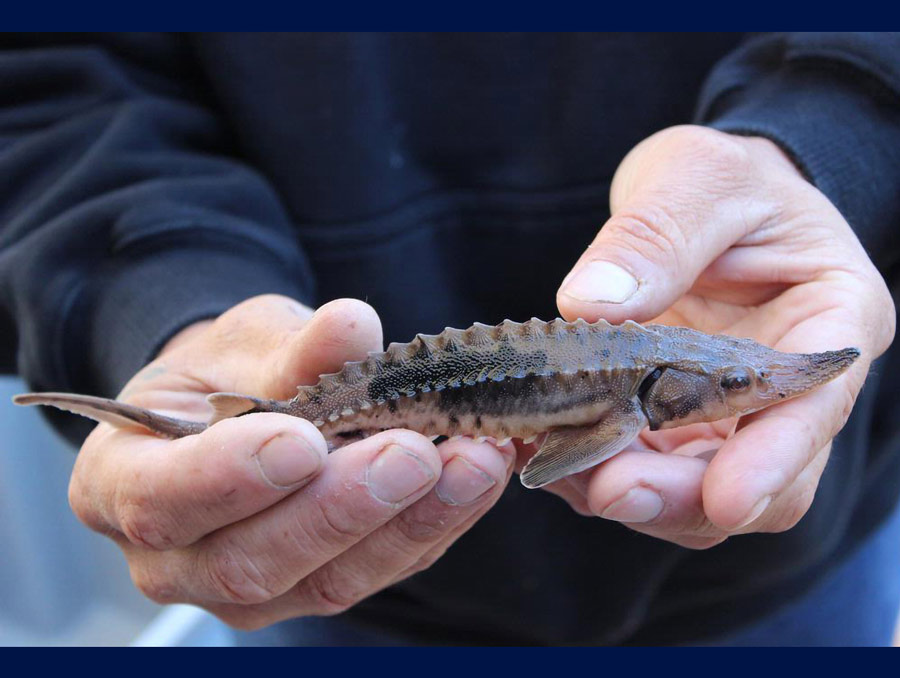The University's dendrology lab, also known as the DendroLab, has been awarded a $1.35 million grant by the Bureau of Land Management (BLM) to conduct a three-year research project on wildfire, drought, and pinyon-juniper dynamics in southeastern Nevada before and after Euro-American settlement.
The project will be supervised by Franco Biondi, Geography associate professor and DendroLab director. It will fund a doctoral scholar, two part-time lab technicians and several graduate and undergraduate students in geography and hydrologic sciences.
"If people could live for 1,000 years, we would be able to see changes in the environment that occurred before and after Euro-American settlement," Biondi said. "Since we can't do that, we have to use other sources of information that have been around for all those years."
This research will allow better understanding of the complex interactions between landscape processes in the Great Basin, with special emphasis on time scales of years to centuries. Tree-ring records will be used to reconstruct dry and wet periods, wildfire regime, and pinyon-juniper age structure. The main research objective is to assess how fire and species dynamics may impact Nevada's ecosystems in a changing climate.
"It is important to find out how things evolve naturally," Biondi said. "The Great Basin landscape hasn't always been the way it is now. It is changed constantly by environmental factors such as fires, but also by humans."
The research team will take samples on three mountain ranges in Lincoln County, which is north of Clark County in Southeastern Nevada. Part of the study will involve mapping and sampling fire scarred trees.
"We will be able to look at the patterns of naturally occurring fires," said Jason Sibold, a post-doctoral researcher working on the project. "By doing this we can measure the size of fires, the severity of fires, and how frequently they occurred in an area before and after European settlement in the region."
According to Sibold, this information will help researchers understand how fire suppression practices have affected the natural role of fire in the ecosystem. He said the BLM is interested in this information because it will help it better manage wildfires and determine potential needs for ecosystem restoration.
"Right now we don't really know if fire suppression policies have created unnatural amounts of burning or unnatural forest landscapes in the Great Basin," Sibold said. "For management purposes, the BLM would like to know if there is a need for restoration, and what type of restoration is needed, such as tree thinning or prescribed burns to accomplish restoration goals.
"While this type of fire history research has been conducted and used to guide ecosystem management throughout the Western United States, relatively little fire history information exists to understand the role of fire and the impacts of fire suppression in the Great Basin."
Sibold and Biondi said they plan to begin field research later this month. Sibold said that although the grant is good for three years, they hope that they will be able to finish sooner.
NevadaToday











